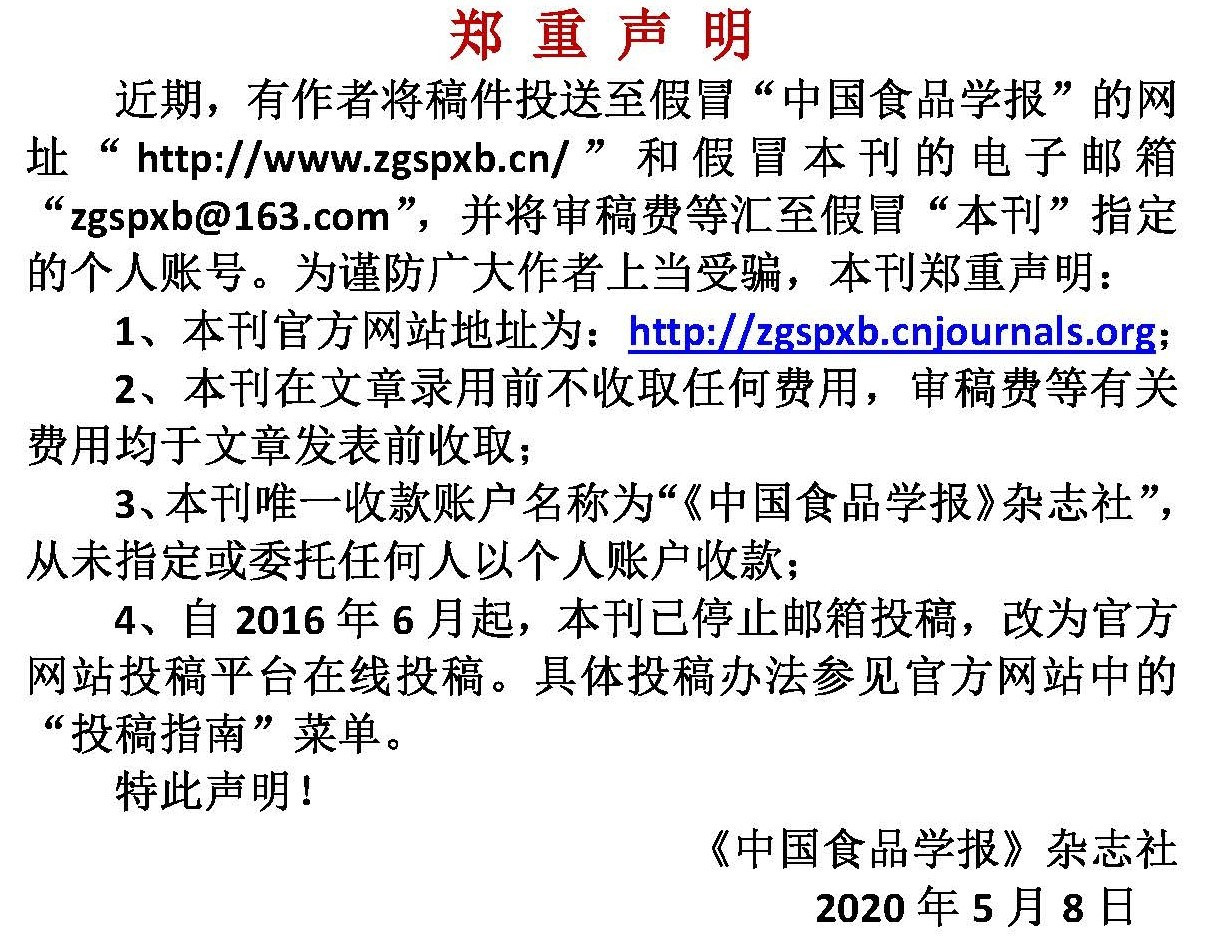臭氧水杀菌对冰温贮藏牡蛎新鲜度和品质的影响
作者:
作者单位:
(1.渤海大学食品科学与工程学院 生鲜农产品贮藏加工及安全控制技术国家地方联合工程研究中心 辽宁锦州 121013;2.山东美佳集团有限公司 山东日照 276815)
作者简介:
通讯作者:
中图分类号:
基金项目:
国家重点研发计划项目(2019YFD0901702)
Effect of Ozone Water Sterilization on Freshness and Quality of Oysters during Ice Temperature Storage
Author:
Affiliation:
(1.College of Food Science and Technology, Bohai University; National & Local Joint Engineering Research Center of Storage, Jinzhou 121013, Liaoning;2.Shandong Meijia Group Co., Ltd., Rizhao 276815, Shandong)
Fund Project:
引用本文
李秀霞,郑凯泷,张德福,励建荣,陈笑俏,曲杨,郭晓华.臭氧水杀菌对冰温贮藏牡蛎新鲜度和品质的影响[J].中国食品学报,2024,24(6):308-318
复制分享
文章指标
- 点击次数:
- 下载次数:
- HTML阅读次数:
历史
- 收稿日期:2023-06-13
- 最后修改日期:
- 录用日期:
- 在线发布日期: 2024-07-22
- 出版日期:
版权所有 :《中国食品学报》杂志社 京ICP备09084417号-4
地址 :北京市海淀区阜成路北三街8号9层 邮政编码 :100048
电话 :010-65223596 65265375 电子邮箱 :chinaspxb@vip.163.com
技术支持:北京勤云科技发展有限公司
地址 :北京市海淀区阜成路北三街8号9层 邮政编码 :100048
电话 :010-65223596 65265375 电子邮箱 :chinaspxb@vip.163.com
技术支持:北京勤云科技发展有限公司
